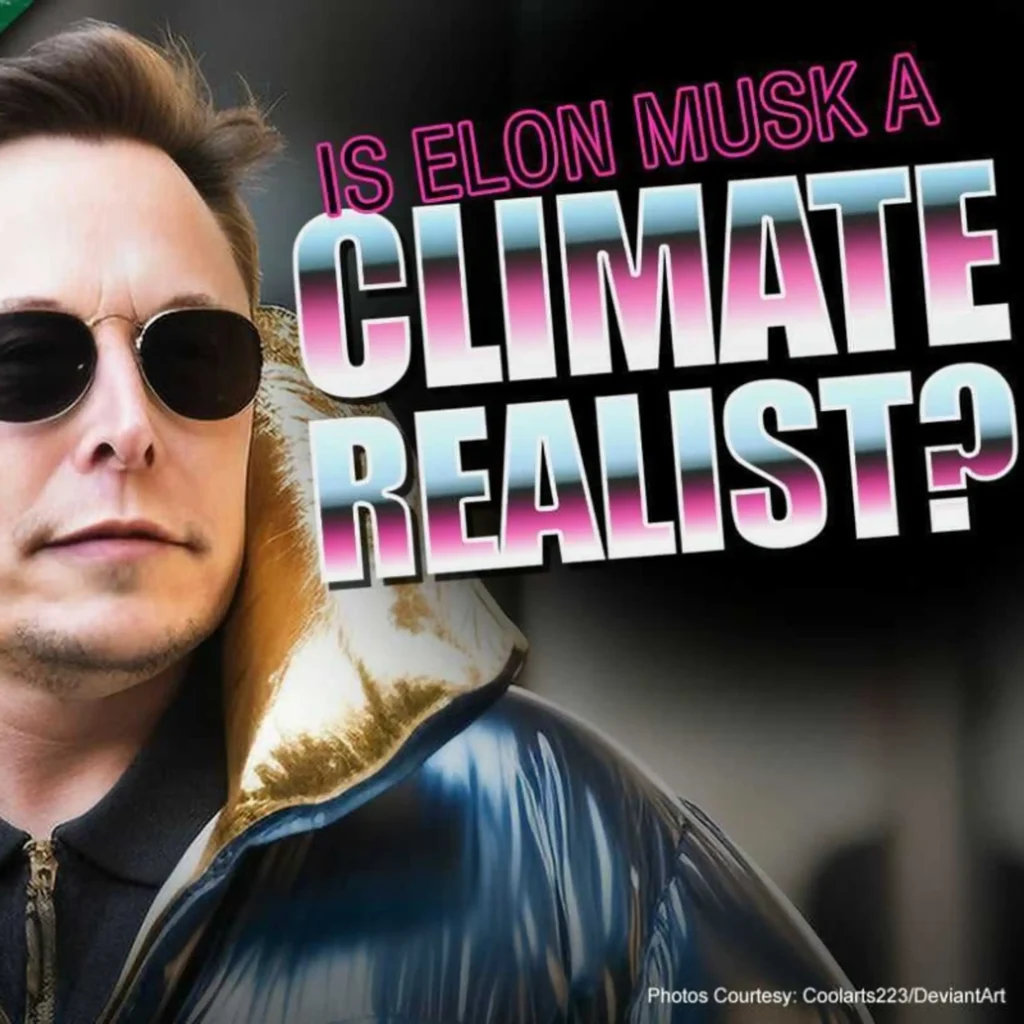With Congress determined to regulate energy use and perhaps impose caps or taxes on carbon dioxide emissions, the consequences of these actions deserve more scrutiny than they have received.
Much of today’s debate is driven by rhetoric asserting a climate catastrophe is certain and the United States is sitting on the sidelines.
Neither claim is true. Projections of climate catastrophe are largely the product of models that have not been validated, use questionable data, and rely on unproven assumptions about the science.
U.S. Reducing Emissions
The United States is confronting the climate risk, if any, with significant success. Since 1990, the benchmark year used in the Kyoto Protocol and many of the legislative proposals in Congress, the United States has reduced carbon intensity (carbon emissions per unit of economic output) by 22 percent.
Since 2000, the United States has reduced carbon intensity by 11 percent. Although the European Union is cited as a model of responsible action, its emissions have grown faster than ours.
If we accept that energy is vital for economic growth, then it is understandable that a growing population (U.S. population grew from 248 million in 1990 to 302 million today) and a growing economy (U.S. GDP jumped from $7.1 trillion in 1990 to $11.4 trillion in 2006 in inflation-adjusted dollars) will need more energy.
Accordingly, U.S. energy use increased 18 percent in 1990-2006. Greenhouse gas emissions grew at a much slower pace. While demanding absolute reductions, advocates have yet to explain how any nation can support more people while reducing energy use.
Cap and Trade Proposals
One approach to reducing emissions is called cap and trade, which would set a specific carbon emission level–the cap–to be achieved by a specific date, for example, the 2000 level by 2020. Emission allowances equaling that level would be distributed by the government, and businesses could use their allowances or trade them in the marketplace.
All cap and trade proposals would reduce the cap over time. In other words, carbon-emitting activities would be reduced on a political schedule until they are almost entirely driven out of our energy system. Some proposals set a goal of reducing emissions 60 percent below 1990 levels by 2050.
But with no economically feasible replacement technology currently in existence, that emission reduction goal would prevent the economic growth needed to support the projected growth in U.S. population.
No Feasible Alternatives
Most of the emissions of concern come from coal-generated electricity and transportation fuels. There are no cost-competitive alternatives available today or on the horizon to achieve such drastic reductions.
Nuclear power is not politically acceptable and will take decades to come on line. Biofuels and other alternatives are expanding because of sizeable government mandates but still cannot realistically be expected to provide more than 10 percent of the projected national demand for gasoline in 2030.
Commercial technology has never been developed on a political schedule, and caps might well have the perverse effect of freezing technology. Companies compelled to meet arbitrary goals will resist replacing their capital stock before the end of its economic life. Moreover, forced investments divert money from needed research and development.
Rising Energy Prices
Cap and trade is meant to ration energy use by increasing costs, perhaps substantially, to consumers and businesses. Independent analyses have demonstrated it is an inefficient means of increasing the cost of carbon, far less efficient than a carbon tax.
It will indeed increase costs significantly, but inefficiently. Constraints on fossil energy use force businesses to substitute more expensive fuels. Thousands of firms will incur costs to monitor and report emissions, and to acquire offsets or additional allowances if they need to exceed their emissions limit. The federal government will have to create a new administrative mechanism for monitoring, auditing, revising regulations, and controlling allowance volatility.
Hundreds of millions, and perhaps billions, of dollars would be spent each year on such activities.
An alternative approach is to continue stimulating the development and use of new technologies. Government can do this through investments in research and development and by encouraging rapid turnover of equipment, which gives individuals and businesses incentives to buy newer, less carbon-intensive products. This approach is less costly and quite effective.
The time has come for some honest discussion of climate change. The solution to the climate issue is technology; not energy rationing.
William O’Keefe ([email protected]) is CEO of the George C. Marshall Institute. Jeff Kueter ([email protected]) is president of the George C. Marshall Institute.



